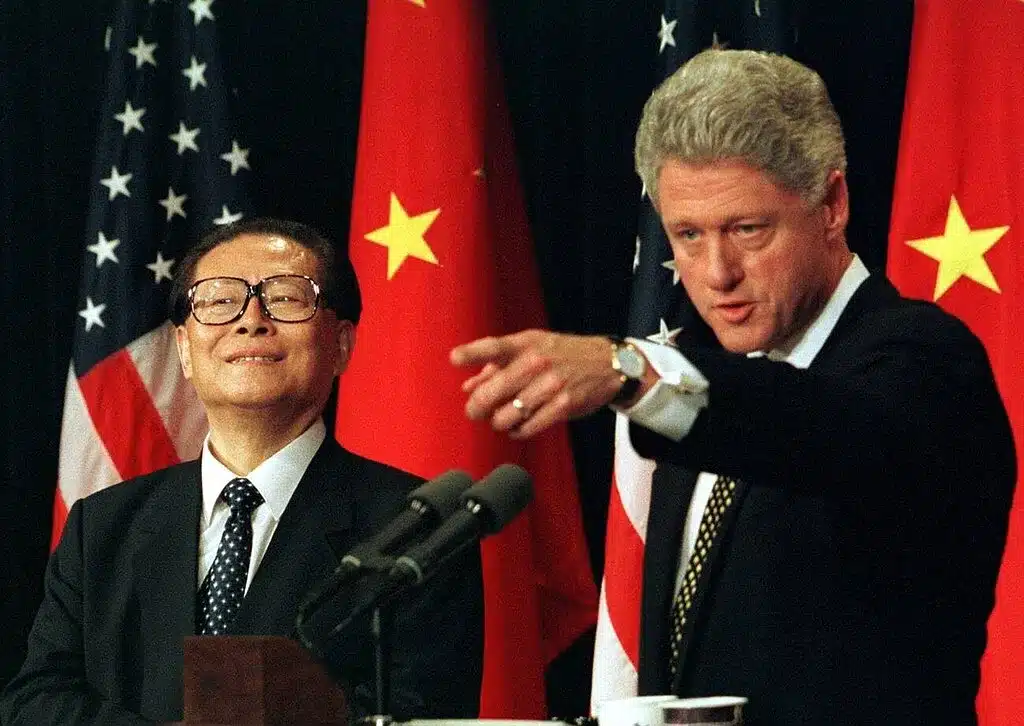USCNPM June Newsletter
Dear readers,
We thank you for continuing to read the U.S.-China Perception Monitor. Over the past tumultuous five months, the Monitor has followed a wide range of pressing topics in U.S.-China relations.
Regarding developments in U.S.-China policy, the month of January marked the end of the 117th United States Congress, a Congress that, as Dr Baogang Guo demonstrates with insightful data, saw U.S.-China relations swayed by dominant Congressional hawks. Later, February saw the departure of Laura Rosenberger, one of Biden’s key advisors on China and Taiwan, and it was announced that Sarah Beran would be replacing her with Rush Doshi as her deputy. The Monitor published a recent profile of Doshi, who is well-known for his research background and popular book on Chinese grand strategy.
Over the past several months, especially after the infamous balloon incident, there has been considerable speculation about China’s foreign policy decision-making. While some observers base their analyses solely on President Xi’s statements, Sabine Mokry demonstrates in her recent analysis how foreign policy rhetoric in China is actually shaped by various actors within the Chinese government.
February also marked the bloody one-year anniversary of the Russo-Ukrainian war, a conflict which continues to draw attention around the world. China has maintained its stance of “wanting peace” or, for some, playing the role of a so-called mediator. This was not the only anniversary for the world, however, as this year also marks the tenth anniversary of the Belt and Road Initiative. For the Monitor, Dr. Keren Zhu explores how, at this turning point, the initiative faces either a “dead end” or “new pathways”.
Lastly, we also heard from Brantly Womack, who offered insightful reflections from his recent trip to Beijing between February and April. Writing on his impressions of people-to-people ties, political solidarity, and public opinion in a post-COVID China, Womack provides insight into discussions in China about domestic and international affairs. On a similar note, the Monitor has published a number of insightful analyses exploring Chinese public opinion, including a short article about how Silicon Valley Bank’s collapse was discussed on Chinese social media. Most recently, Jack Mageau, on behalf of the China Institute at the University of Alberta (CIUA), presented our readers with the results of the Chinese Citizens’ Global Perception Survey (2023), elucidating citizens’ views of China’s international role and their perspectives on major global issues.
Once again, we thank you for your readership and continued support of the U.S.-China Perception Monitor and look forward to sharing next month’s content and events with you.
Best regards,
Kristy Bryant
Assistant Editor of the U.S.-China Perception Monitor
The Carter Center








